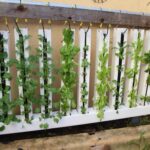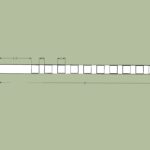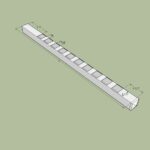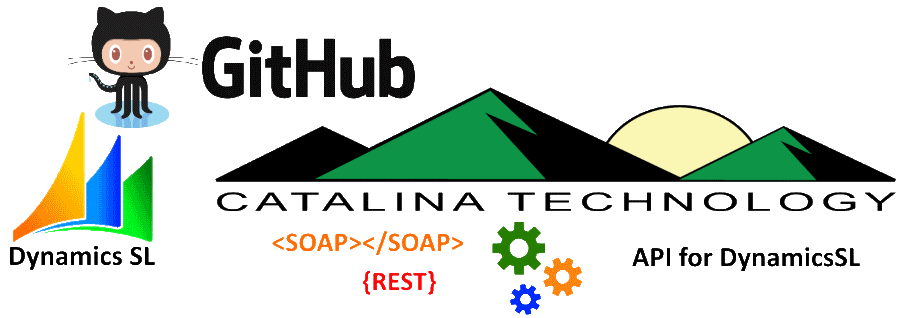
We are now posting our Catalina API for Dynamics SL sample client code to GitHub(under a MIT license. Which means that you can use the sample client code for your own purposes).
I am posting the SOAP based sample clients here: https://github.com/CatalinaTechnology/ctAPIClientExamples
I just put up one for customer maintenance. I will be posting more throughout the week (as I get them ready for consumption). If you have any questions, feel free to Contact us. Also, if you are a current Catalina API for Dynamics SL user and have any sample code that you would like to share with others, feel free to forward and we will see if we can get it out there for you.

I just updated our larger hydroponics tower structure (it holds 10 towers) with the same water return setup that I did the other one last week. This looks much better and holds the towers perfectly (I hate spinning towers). Unlike my other tower structure, where the water reservoir is below the towers, this one has the reservoir at the left side. Because of this, I only capped the other side of the PVC post. so that the water drains into the reservoir to the left.
bwharton
January 14, 2017

We have been busy creating Web Services (API calls) that can simulate many of the popular screens and modules in Dynamics SL. This makes it easier for programmers to communicate with the SL users to determine what integration points are needed. This is also a great way to see how a user would normally use an SL screen manually. That process can then be used a use case for the integration.
Below is a list (ever growing list) of the main screens that we have created an API equivalent to, to allow programmers, ETL (export/transform/load type software like scribe, cast iron, etc.), and apps to integrate to Dynamics SL.
If you don’t see something here, feel free to contact [email protected] and we can always see about adding it. Continue Reading →
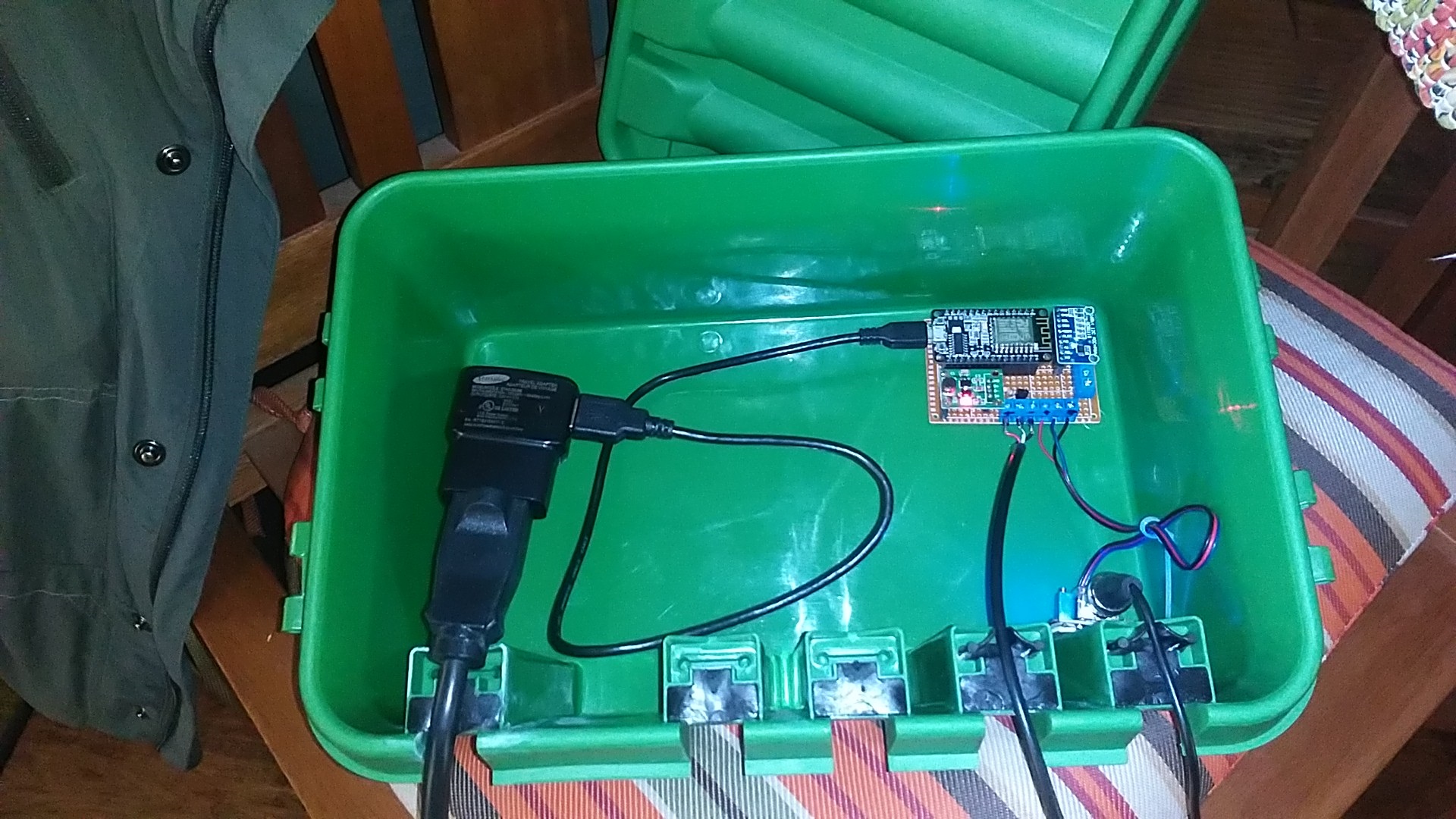
I finally put the sensor platform out in the garden. I am streaming it currently on io.adafruit here: https://io.adafruit.com/bwharton/garden
NOTE: I will be moving this stream next week to Azure. but for now, I am using MQTT to send data to adafruit’s solution.
You can see the box that I got. It is a bit overkill. I also got a “power stake” so that I can easily run power to both a pump and the sensor platform. The box is very very big. I imagine that I will get a smaller one for future versions that I will use in marine environments. Continue Reading →
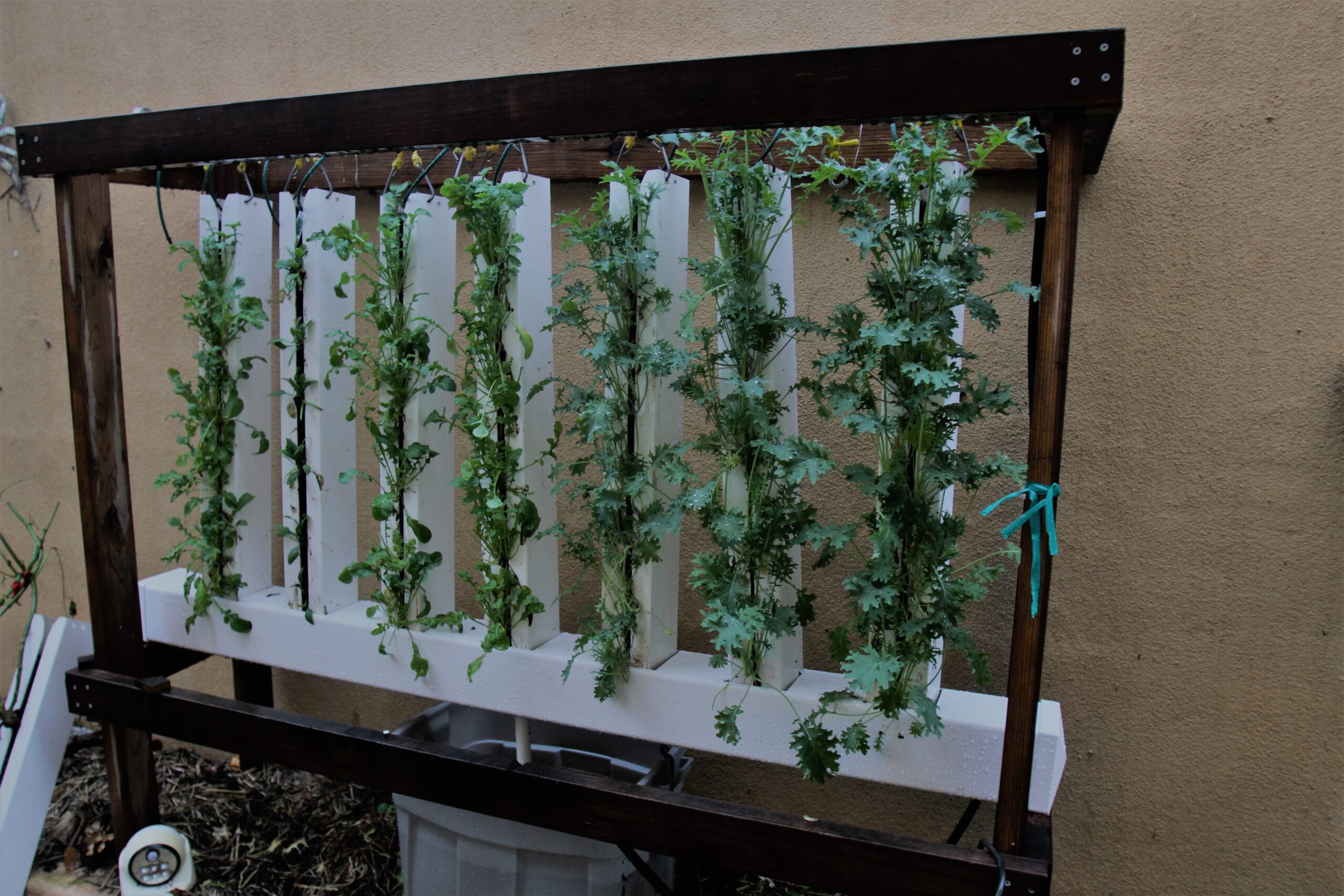
We did a much needed upgrade to our hydroponics tower systems. We replaced the rain gutter (used as a way to catch and return water to the reservoir) with a 8′ long and 5″x 5″ square PVC fence post. This new setup is much sturdier and holds the towers exactly the way we want them (towers wont swing or turn like they did in the flimsy rain gutter).
Materials used:
One of our tower structures is 6′ long. So, we cut the fence post to fit at 6′. We wanted to fit 7 towers in this space, so we cut 7 evenly spaced 4.125″ square holes on one side of the post. Applied caulk to the end-caps and placed one on each end. Then on the “bottom” of the post, drilled a 1/2″ hole to caulk a drain pipe to dangle into the reservoir for drainage.
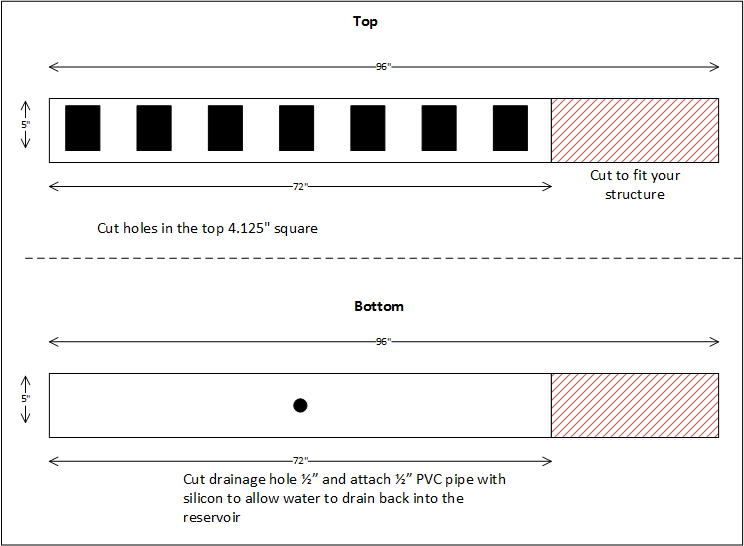
Now that we have this tower structure done, next step is to do our larger tower structure.



I have made some changes to my PH Sensor project. I moved it off the breadboard and did a bit of clean-up and soldered it on a perf board. Much cleaner with screw down terminals for the external sensors.
One problem that I am having, that I have to resolve is that the probe is stuck on 2.5v. Might be some problems with my wiring. but it could also be the el-cheapo probe. I’ll connect it to an Arduino and retest it outside of my project to see the results.
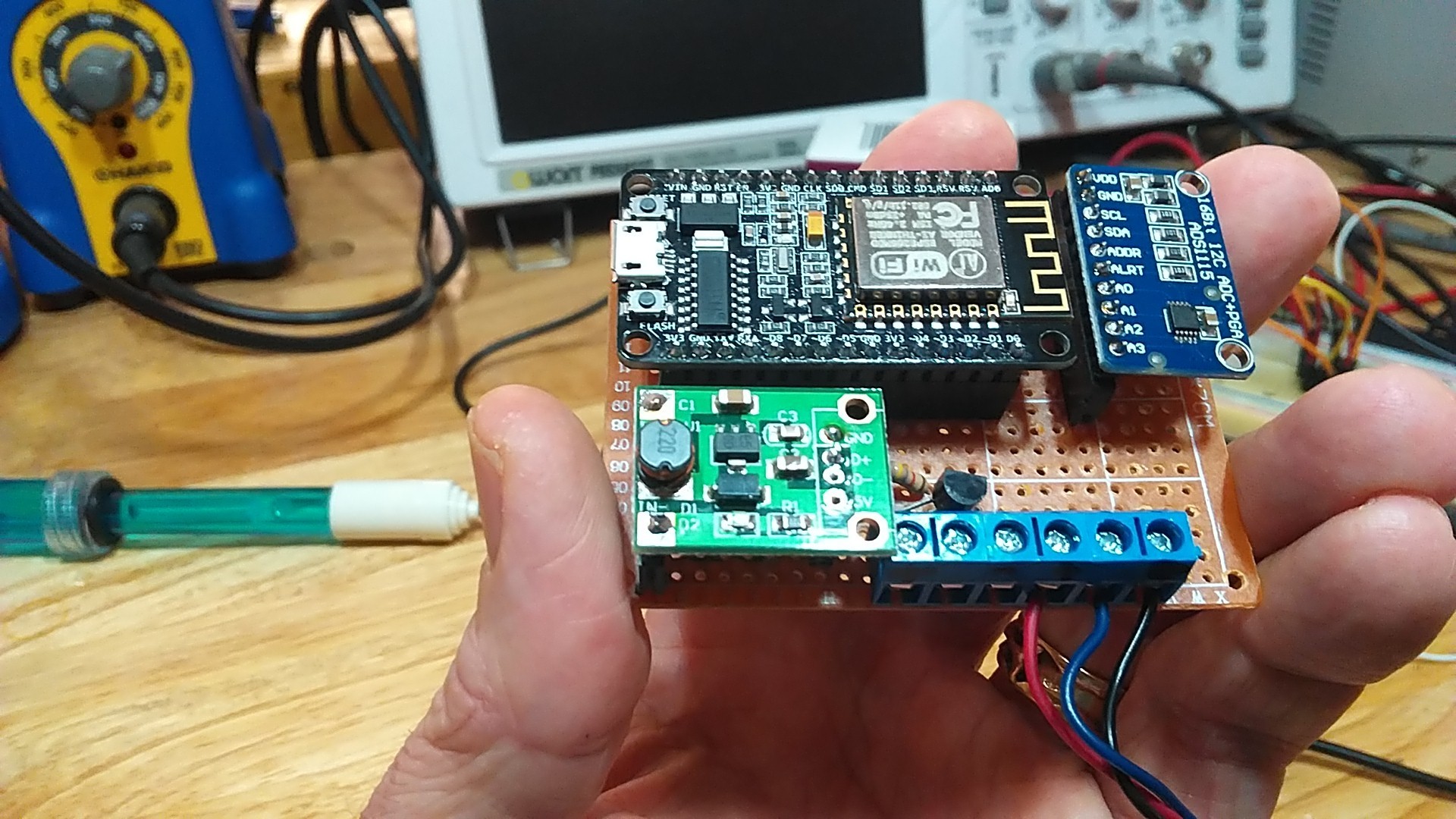
Here is the device in a saltwater fish pen monitoring PH to make sure the fish are in acceptable levels.

More to come.

Often, I get questions on how to start with the Catalina API for Dynamics SL. We are going to be doing a series of posts that walk through how to use our API for Dynamics SL.
This post is focused on how to create a web reference in Visual Studio to consume our SOAP based web services. This is pretty simple and we will build on it in posts to come.
Under Solution Explorer Continue Reading →
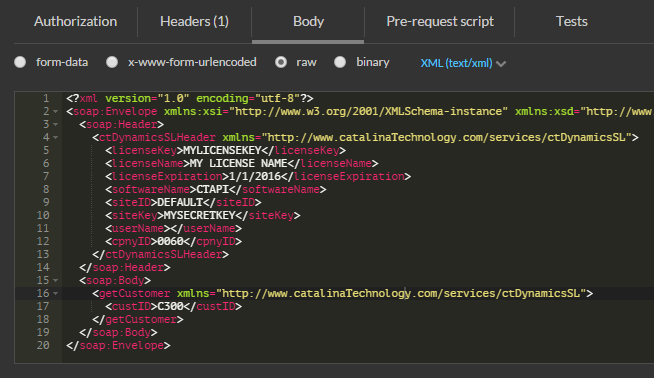
How to use the Postman Client to call Catalina Technologies’ SOAP based API for Dynamics SL
Continue Reading →
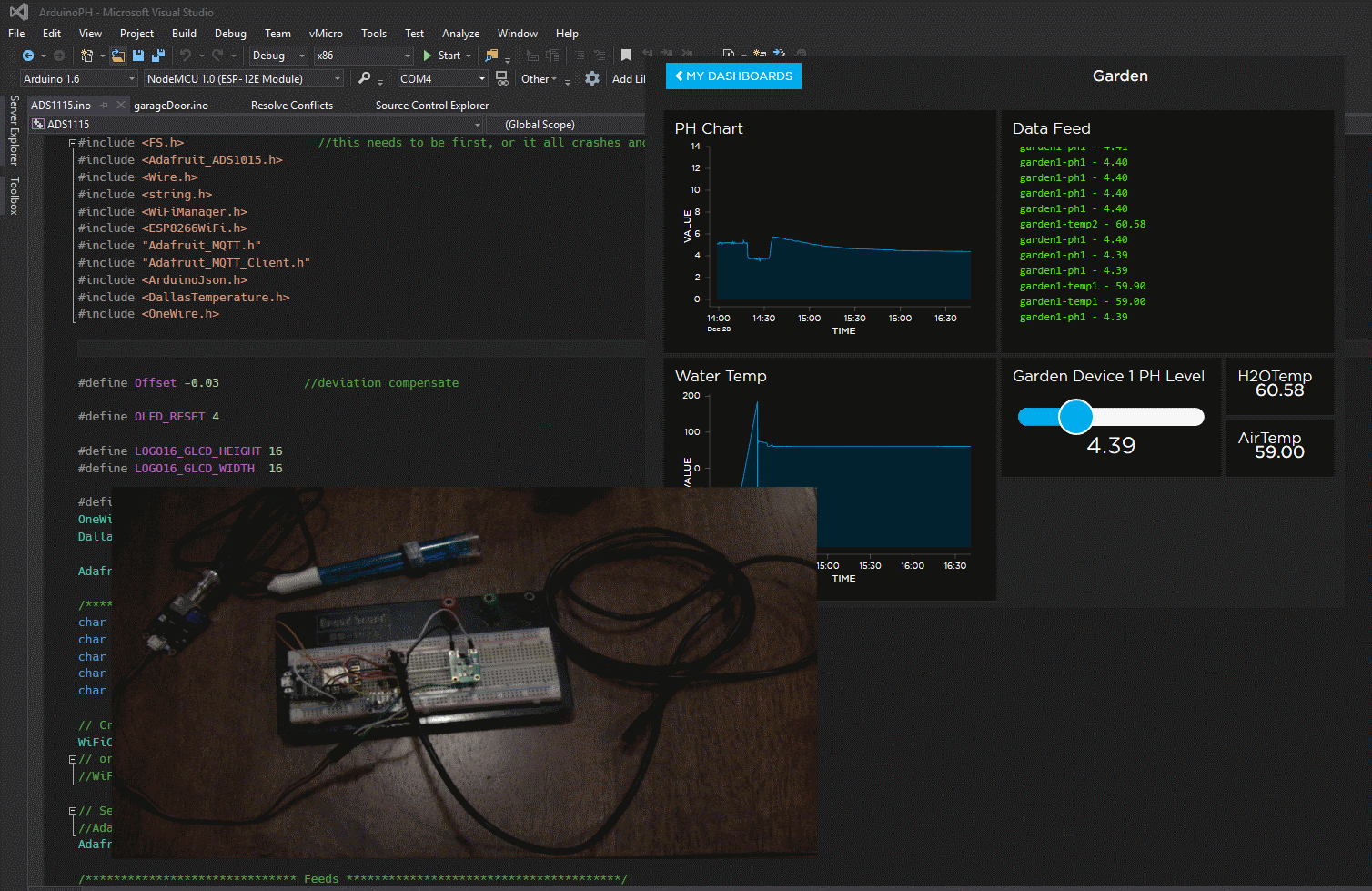
I have progressed on my PH sensor project. I have added temperature sensors (Dallas DS18B20) to measure air-temp and water-temp to augment the PH sensor. Next will be the addition of O2 absorption as well.
I am using the following:
- ESP8266 wifi board (for the microcontroller)
- 1x DS18B20 temperature sensor that is water proof for watertemp
- 1x DS18B20 temperature sensor that is going to be soldered to the project board for airtemp
- 1x ADS1115 16bit ADC to convert the analog signal from the PH sensor to digital
- 1x DC to DC voltage converter to handle the required 5v for the PH sensor (the ESP8266 is 3.3v)
- 1x 5v Analog PH Sensor
- Visual Micro (yes, I am a visual studio user. and I find that visual micro gives me much more than the Arduino IDE)
You can see the device at work. NOTE the PH of the water is very acidic. This is due to the fact that we had a lot of rain. I have to get the PH back up to about 6 for the lettuce to be happy.
[youtube https://www.youtube.com/watch?v=gWC4SFbHO0Y]
After weatherproofing and hardening our prototype, we are then looking at feeding the data to an Azure IoT hub which we can then route that data to helpdesk, CRM, and field service systems for dispatching technicians to remedy any problems that could occur. As well as have data for BI reporting. Our integration tools for this type of thing can be seen at www.catalinatechnology.com
bwharton
December 29, 2016
Ok, this might be a round about way to do something, but I really wanted to experiment with MQTT and Azure Event Hubs. I wrote a bridge that would bridge data between several MQTT brokers and then queue that data up on an Azure Event Hub. These MQTT brokers are fed by data from several ESP8266 boards reporting different environmental conditions (temperature, etc).
After I got the MQTT to Azure Event Hub bridge done, I then found Adafruit’s io.adafruit.com dashboarding service (http://io.adafruit.com). It is pretty cool. So, what I then wanted to do is write a bridge between my Azure Event Hub to Adafruit to show data on a dashboard.
1. Creating my MQTT listener to bridge data to Azure
Continue Reading →



